Why Do Toes Go Numb When Cycling?
It can feel very disconcerting when your toes seemingly disappear while you’re riding. It has you wondering Why do toes go numb when cycling?
It also feels strange because you feel like you don’t have full control over your body while you’re riding. This happened to me a lot when I first started riding and after I did some research and talked to a lot of people in my group, I was able to solve the problem.
In this post we will list every single option that someone gave me in my riding group and how it solved their specific instance of toe numbness.
We will also talk about what the most common way that people solved for their toe numbness – because again, it’s a very common occurrence when you’re starting out.
Invest in your Knowledge:
Before moving forward, consider reading these guides we wrote to keep yourself in the know.
- Best Insoles for Hot Foot (Cycling With Nerve Issues)
- Best Cycling Shoes for Hot Foot
- What is the Best Recumbent Bicycle For Sciatica
- Is Cycling Good for Sciatica?
How do I stop my Toes From Going Numb While Cycling?
The most common reason why the toes go numb is because of a pinched peroneal nerve and compression of the feet.
The fastest answer to solve this is to get a proper cycling shoe for Morton’s Neuroma:
For road cyclists, this is the most popular cycling shoe for Morton’s Neuroma, hot foot or numb toes while cycling. For Peloton riders, this cycling shoe for Peloton riders with numb toes is the most popular.
Alternatively, many cyclists choose to get an insole for cyclists with numb feet.
When a nerve is pinched in any part of the body, the signals of touch, pain, relief and others are cut off from the body. This is because the nerves are what send these signals to the brain to ensure that there is feedback loop to the body when something is going well, or wrong in the body.
If you love information, the rest of the post goes in to fine detail every other possible cause and what you can do about your numb toes.
What Happens in the Body to Cause Toe Numbness When Cycling?
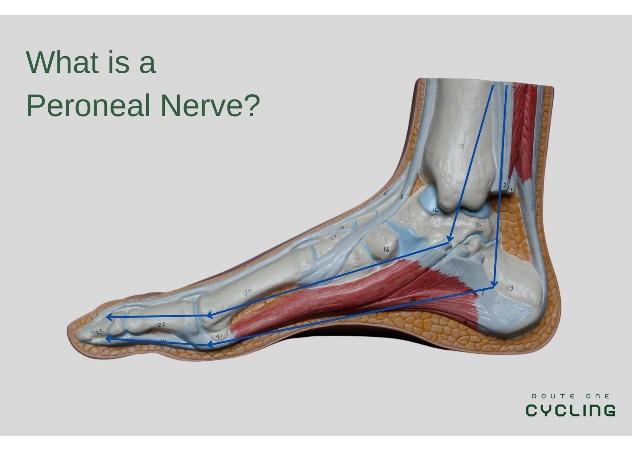

Toe numbness when cycling occurs when the peroneal nerve is pinched. The peroneal nerve is a branch of the sciatic nerve that starts at around the knee and travels to the tips of the toes.
When the peroneal nerve is compressed, this means that the nerve is unable to send some signals that it wishes to the brain. One of the most important signals that it sends to the brain is sensory, and touch information from those area of the body.
When the body can’t send a signal to the brain of what it is feeling in the toes through the peroneal nerve because it is pinched, your toes will go numb when cycling.
To put it another way, imagine you are a delivery man trying to take an elevator to the top floor to drop off a package. If both the elevators and stairs are blocked off, you now are unable to deliver the package.
That package that you are trying to deliver upstairs is the “feeling” of the toes – and unfortunately that package is not received if the pathways are blocked.
Are numb toes dangerous for the body?
No, cycling with numb toes is not dangerous and is largely benign. It is more a frustration because your activity, reflexes and ability to respond to stimuli is stifles because you can not feel your toes. You typically have nothing to worry about in terms of long term damage if you choose to prioritize the issue and fix it.
Solving the problem of numb toes can be very easy, and you simply need to figure out where the nerve is being compressed to understand how to fix it with the correct solutions available.
Why Do Toes Go Numb When Cycling?
If you have a correct fit for a bicycle, correct fitting and placed shoes with correct arch support, your toe numbness should go away quickly after the changes occur.
The overall goal that you are looking to do is to make sure that there is no unnatural compression anywhere in your body.
Typically when it is toe numbness, that compression needs to be somewhere below the knee joint and typically in the foot.
Here are the 4 reasons why your toes will go numb which result in a pinched nerve:
- Bicycle Fit
- Shoe Fit
- Compression of the foot
- Loss of blood flow to the foot
Bicycle Fit
The number one reason why most cyclists I talked to had problems with toe numbness (and also why I had problems with my toes) were because of bicycle fit.
There is a lot that can be said about a proper fitting bicycle seat, width of your saddle and the height of the body of the bike.
What can be said about bicycle fit is that it is both a science and an art – however, one of the most important aspects to riding your bike.
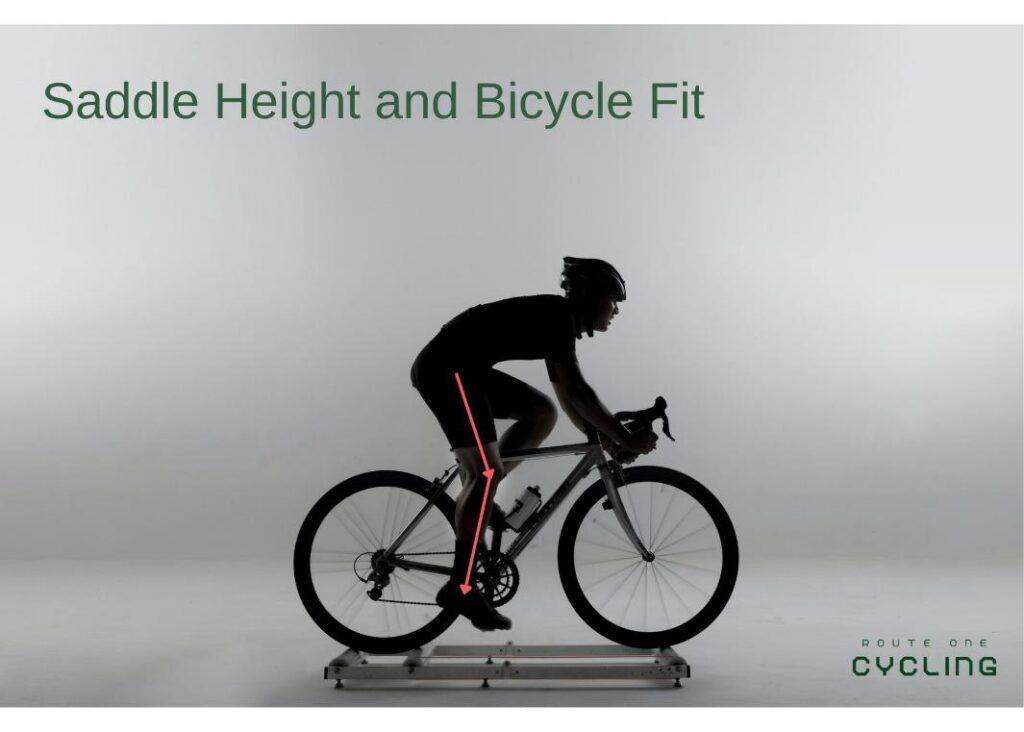

How to tell the correct body size for your bicycle:
Let’s begin with your bike size in relationship to your body. The easiest way to tell if you have the correct size body for your bike is to:
- Stand over the body of your bike.
- Measure the distance between the bicycle and the top bar of your bike.
- Is there less that 2 centimeters? Worse, is your groin touching the top bar? Your bicycle is big large for you.
- Is there more than 3 centimeters space? The bicycle is too large for you.
Now that this is out of the way, this is the most critical point. Look at the photo below. At what angle is your knee at the downstroke of the pedal when you are riding?
Your goal is to get it as comfortably close to 180 degrees.
This cyclist below is at about 160 degrees which is fine but to go any lower would cause a lot of alignment issues from your hips down to your toes.
If your angle is too low and you bend your knees too much while pedaling, then bring your saddle higher.
If you have too much bend in your knees you are not allowing all of the muscles in the legs to be recruited in the down and upstroke of your pedaling. This means that you are overusing some muscles, while under-utilizing others. This will lead to fatigue at a faster rate than other cyclists and pinching of some nerves which will lead to discomfort, and possible numbness.
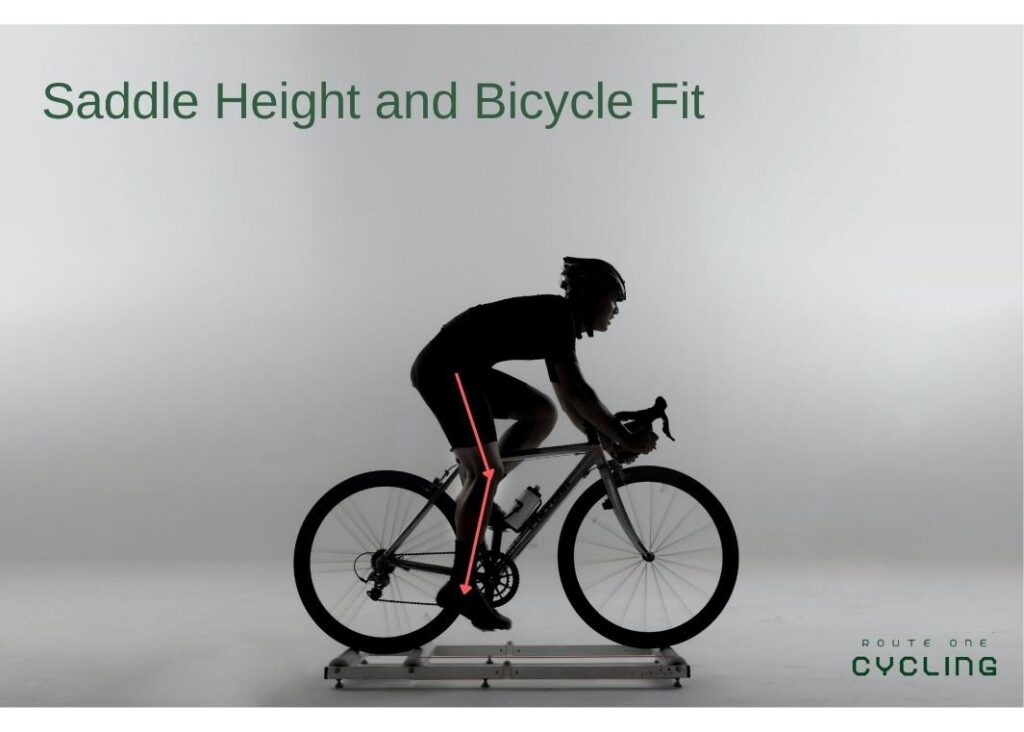

Shoe Fit
Shoe Fit is very important, and most likely the second most important aspect that I noticed when talking to people about toe numbness. If you are looking for specific cycling shoes for numb toes or morton’s neuroma, these are a great choice.
In short, you want your shoes to be snug and comfortable, though there should be no pinching in areas that you are not comfortable with.
Here are some other helpful tips with shoe fit:
- Add arch support: Adding arch support allows smaller muscles in your foot to relax and allows blood to flow correctly down the bottom of the foot. This was the main change that helped most people solve their foot numbness problem. These are the most widely spoken for cyclist arch support right now, though any classic Dr. Scholl’s or generic brand will do.
- Play with your straps: If you have a strap system, then try leaving your middle of the 3 straps loosened to give the bottom of your foot more blood flow.
- Adjust your cleat position: Take a look at the photo above again. Where is his foot resting on the pedal? On the ball of his toe-joint. If you are experiencing any numbness in the toes, then move adjust the cleat so that it is as far back as possible. You will also experience more power through the stroke because this transfers more proportional load to your quads and hamstrings over your calves.
Foot Compression
Here are some questions that you can ask yourself regarding how your foot is compressed.
- Are there any accessories that you are wearing that is causing a pinch anywhere below your knee?
- Do you have an ankle bracelet underneath your tights that is squeezing against your skin?
- Are your tights getting old and starting to bunch around the ankles and inside the knees?
- Did you put on two pairs of wool socks and toe covers because it was raining outside?
These are all reasons why your toes can go numb while cycling. If the foot is compressed in the incorrect places it can make your foot go numb.
A general rule of thumb is that if something does not feel like a second skin on your body, and it is pinching, then it should be adjusted so that you have a full range of motion while riding. Any type of ride when you are going for a longer distance, the time when the nerve is being compressed can add up and cause your toes to go numb.
Loss of blood flow to the foot
The vast majority of the time, the toes go numb while cycling because of the pinched nerve. However, body temperature is worth an honorable mention.
If you are cycling in cold weather, your body may retreat all of the blood to the core muscles. This may mean that both your toes and fingers will be left without blood.
When there is a lack of blood and energy flowing through them, the result will be numbness. Flex your fingers and toes in the saddle and move them every 10-15 minutes to keep feeling in this part of the body.
Your feet can also swell with blood which will cause a decrease in feeling to the body. When there is too much blood inside of the body, then it is a great choice to think about compression socks to keep the blood flowing in the right direction while exercising and circulating.
How can I fix my numb toes while cycling?
If you are suffering from numb toes while cycling, the main way to fix this problem is by making sure that none of your gear below the knee is causing any unnecessary pinching anywhere in the body.
It is important to make sure that blood flows the proper direction both to the toes and back to the heart. If any gear is blocking the blood flow, make the correct adjustment.
The main rule of thumb is that your entire body should feel comfortable while riding. When you are riding, if you feel that you are hunching over too much, this does not mean that you have a more aggressive posture.
It may mean that you are pinching a nerve in your hip flexor, knee, groin or lower back. All of these nerves will cause different parts of your body to become numb.
The same logic goes for the peroneal nerve. As long as you find a way to keep that nerve happy, and able to send information to the brain, you will notice that you can feel that part of your foot again.
Does massage help numb toes?
Massage will help numb toes recovery if the problem stems from inflammation of muscles in the foot, a pinched nerve, or minimal blood circulation. Learning to massage your body is one of the more gratifying skills to learn in sports.
However, massage will not solve the problem if the root of the problem is based off of what you are doing while riding.
The reason why a massage will not help is because it will not solve the problem. What the massage will do is immediately help you feel better because it will calm the body down and imflammation around the surrounding area.
However, if you are not massaging the peroneal gland specifically, it will not cause the numbness to go away.
Further, if you are massaging the peroneal gland, and then you still are riding in a position that compresses the peroneal nerve after a massage, the numbness will come back after you have massaged.
Read the above post to alleviate toe numbness, and after your ride massage with shea butter to aid recovery.
What nerve makes your toes numb?
The peroneal nerve is a branch of the sciatic nerve that extends down from your knee to your toes. This nerve can be pinched in different places while cycling along your knee, to inside of your shoe which will cause numb toes while riding and after.
Conclusion
This guide should have given you a good idea of how to solve your numb toe while riding problem. It simply is not fun to ride with numb toes. If your toes are cold, then it may be useful to think about gear that will help you in the cold.
You may not know if they’re there and having that safe feeling of pressure while going up Mt. Tam is a very reassuring feeling. Always make sure that you are dressed comfortably, and none of your accessories are ill fitting.
If you have a correct fit for a bicycle, correct fitting and placed shoes with correct arch support, your toe numbness should go away within weeks after the changes occur.

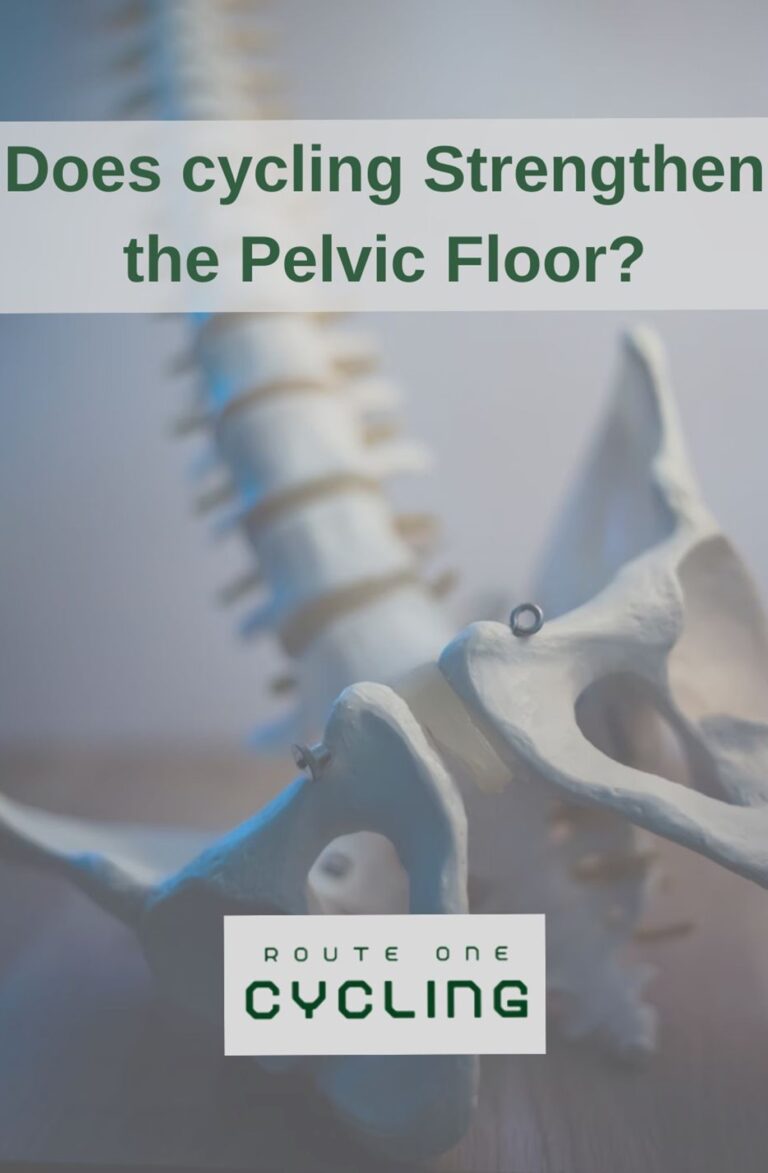

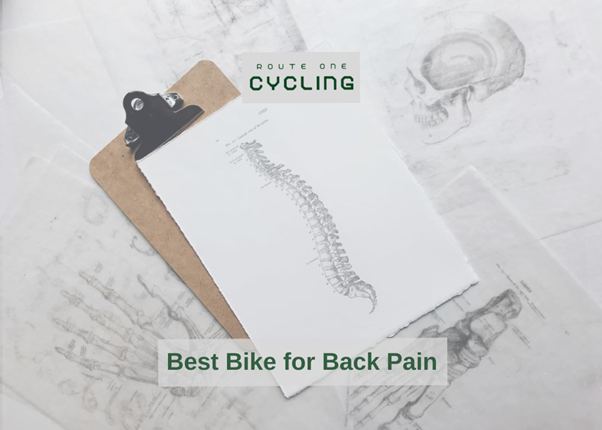
![Is cycling good for PCOS? [My Aunt’s story – all you need to know about cycling lifestyle changes and PCOS]](https://routeonecycling.com/wp-content/uploads/2023/04/Is-cycling-good-for-PCOS1.png)
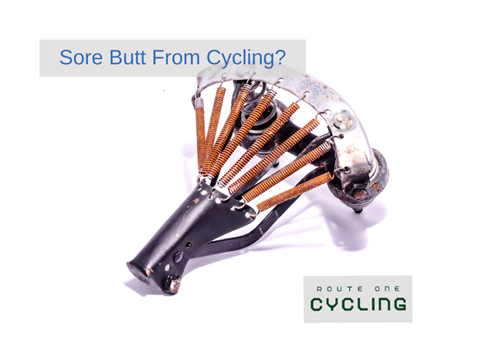
![Can you bike with a sprained ankle? [Sprained Ankle Cycling Rehab Guide]](https://routeonecycling.com/wp-content/uploads/2023/04/19-768x548.png)